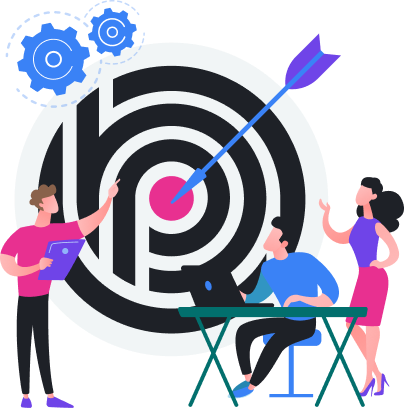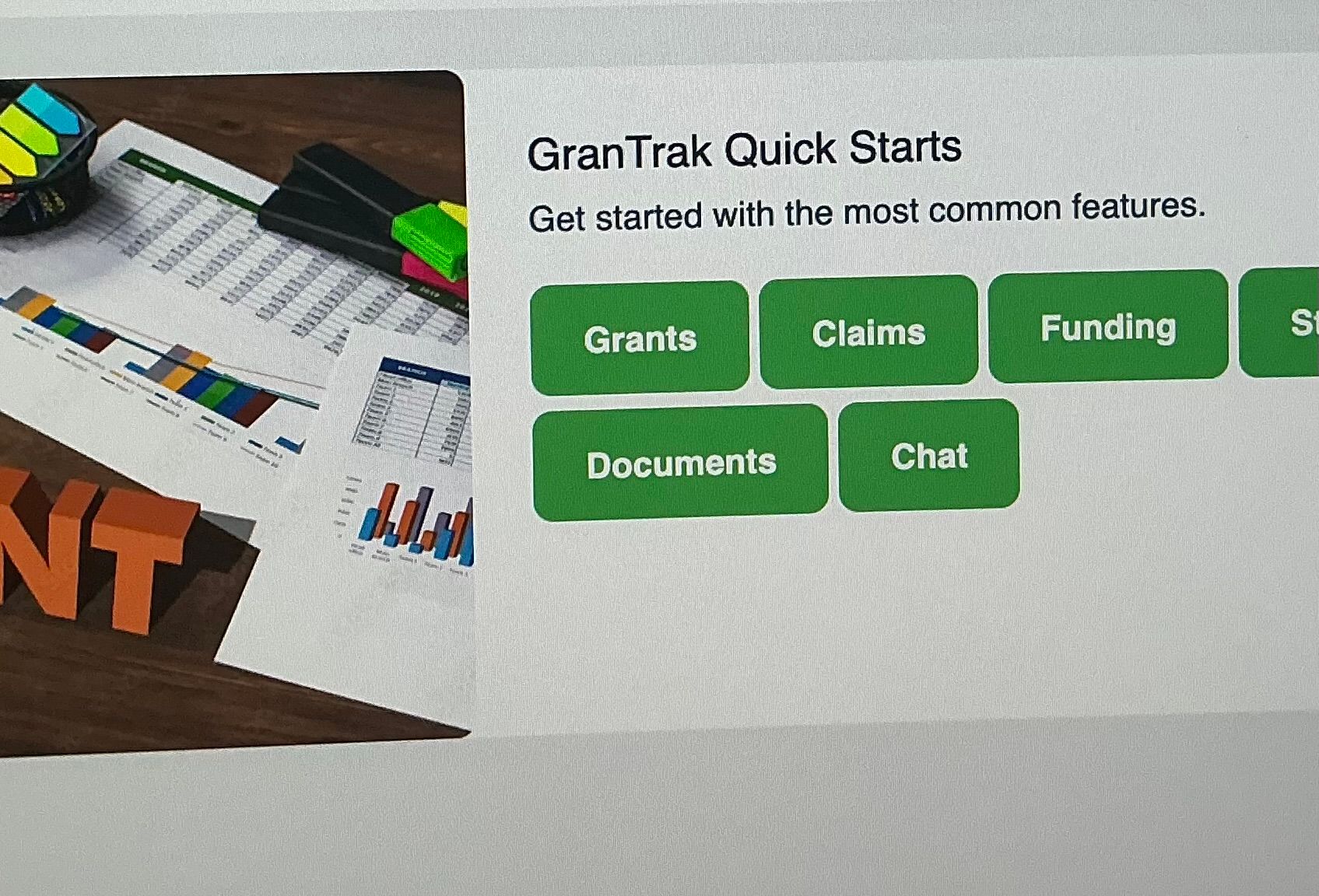

Behavioral Health needed a structured, efficient, and scalable approach to software development. The existing development process lacked consistency, proper documentation, and a well-defined Domain-Driven Design (DDD) environment. To overcome these challenges, the organization sought a solution that could provide a standardized architecture, reduce redundant work, and accelerate development cycles. The ABP Framework emerged as the ideal choice, offering a well-documented, modular, and flexible platform for building enterprise applications.

Before adopting ABP.IO, the development process lacked consistency, documentation, and a well-thought-out Domain-Driven Design (DDD) environment. Developers frequently had to rewrite boilerplate code, leading to inefficiencies. The absence of a unified starting point resulted in multiple developers building different foundations, making collaboration difficult. Furthermore, there was no single reference point for documentation and code, adding to the complexity of development.

ABP.IO provided a robust and well-documented architecture that addressed these issues. The availability of ABP’s source code on GitHub, a strong user community, and the modular development approach made it the perfect choice. The ability to work with .NET Core, Angular, Blazor, and MAUI ensured flexibility for different projects. Compared to other UI tools, ABP stood out as a comprehensive solution for building production-ready applications. The built-in multi-tenancy feature significantly simplified the design cycle, eliminating the need for custom implementations.
The team primarily leveraged MVC/EF Core, Blazor/EF Core, and MAUI as the core technologies, benefiting from ABP’s clean separation of concerns, structured project system, and streamlined development process.

The implementation of ABP.IO, led to significant improvements in code quality, ease of maintenance, and development speed. Application development time was reduced from months to weeks, and modifications that once took days were now completed in hours. A key metric revealed that development time was cut by at least 50%, allowing the team to focus more on requirements gathering rather than redundant coding.
Additionally, ABP Suite and ABP Studio dramatically reduced the time required for scaffolding and schema creation—boilerplate code writing was cut by 90%. The structured DDD architecture minimized complexity, ensuring developers could focus on the actual tasks without dealing with chaotic code structures. The support provided by the ABP team further enhanced the development experience, offering timely solutions to technical challenges
